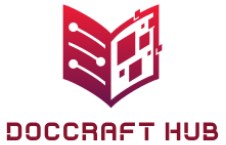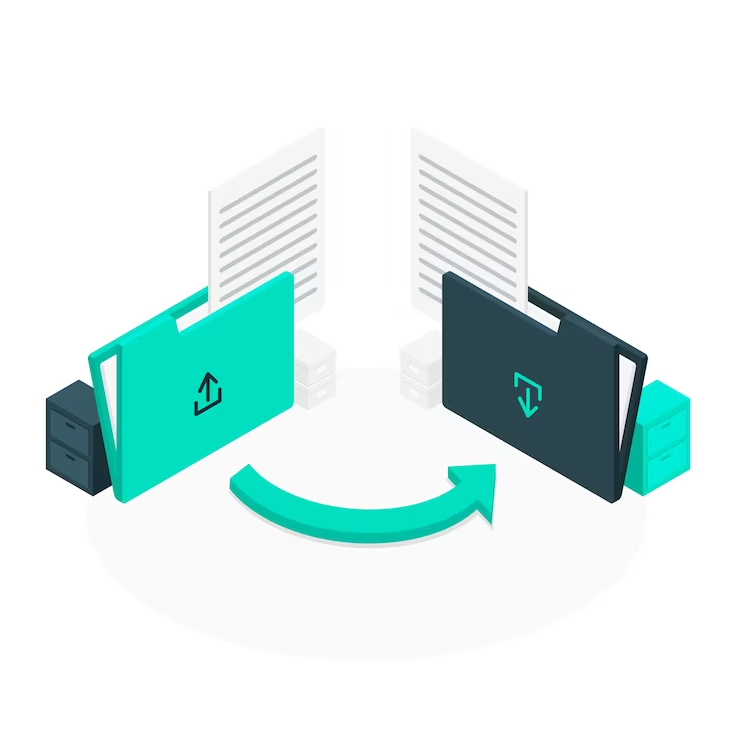The educational landscape is undergoing a significant transformation, driven by the growing adoption of technology and the increasing demand for accessible learning resources. In this context, document conversion emerges as a crucial tool for educators, enabling the creation of engaging and interactive digital learning materials. By converting existing paper-based materials, such as textbooks, handouts, and presentations, into accessible digital formats, educators can extend the reach of their teaching beyond the physical classroom and cater to diverse learning styles.
Background Information
The traditional landscape of education has undergone a profound transformation with the advent of digital technologies. The shift from conventional classroom settings to virtual and online learning environments has prompted a reevaluation of educational materials. This evolution is driven by the need for increased accessibility, interactivity, and adaptability in educational content.
Historically, educational materials were predominantly in print, including textbooks, manuals, and other written resources. However, the rise of the internet, mobile devices, and digital platforms has prompted educators to explore new ways of delivering content. Document transformation, the process of converting traditional educational materials into digital formats, has become a critical component of this paradigm shift.
The increased connectivity and technological capabilities of modern society have ushered in an era where learning is not confined to physical classrooms. Students and educators alike are demanding more flexibility, personalized experiences, and real-time access to information. Document transformation serves as the bridge between the traditional and the digital, ensuring that educational materials remain relevant, engaging, and effective in the face of evolving pedagogical landscapes.
Furthermore, the global challenges posed by events such as the COVID-19 pandemic have accelerated the adoption of digital learning solutions. Educational institutions worldwide have been compelled to rethink their approaches to content delivery, pushing them towards embracing digital transformation strategies.
The Importance of Document Conversion in Education
The digital revolution in education brings forth a myriad of advantages, making document conversion a vital process for educational institutions. Understanding the importance of document conversion involves recognizing the multifaceted benefits that this transformation brings to both educators and learners.
- Accessibility – One of the primary advantages of document conversion is enhanced accessibility. Digital learning materials can be accessed at any time and from anywhere with an internet connection. This accessibility is particularly crucial in the context of remote learning, allowing students to engage with educational content regardless of geographical constraints. For learners with diverse needs or those facing physical disabilities, digital materials can be adapted to accommodate various accessibility features, fostering inclusivity in education.
- Interactivity – Document conversion enables the integration of interactive elements into educational materials. Traditional textbooks and printed resources often lack the dynamic features that engage modern learners. Through digital transformation, educators can incorporate multimedia elements, simulations, and interactive exercises, creating a more engaging and immersive learning experience. This shift from passive consumption to active participation enhances student comprehension and retention.
- Adaptability – In the fast-paced world of education, staying current with the latest information and pedagogical approaches is essential. Document conversion allows for real-time updates and revisions to educational materials. This adaptability ensures that learners are exposed to the most recent developments in their field of study. Whether it’s updating historical data, incorporating new research findings, or adjusting to changes in curriculum standards, digital materials can be easily modified to reflect the latest advancements.
- Cost-effectiveness –The financial implications of traditional educational materials, such as printing, distribution, and storage costs, can be substantial. Document conversion mitigates these expenses, providing a cost-effective solution for educational institutions. Digital materials eliminate the need for physical production and distribution, reducing the environmental impact and freeing up resources that can be allocated to improving other aspects of the educational experience.
- Customization – Every student learns differently, and document conversion allows for the customization of educational materials to cater to diverse learning styles. Digital platforms provide tools for personalization, enabling educators to adapt content based on individual needs. Whether through adaptive learning technologies, tailored assessments, or the incorporation of varied instructional approaches, document conversion facilitates a more personalized and effective learning experience.
Types of Educational Materials
The realm of educational materials encompasses a diverse array of content, each requiring unique considerations during the document transformation process. From traditional textbooks and lecture notes to visual aids and assessment materials, the transformation journey involves preserving the essence of the content while adapting it to digital platforms. This adaptation ensures that the materials maintain their educational value while embracing the dynamic and interactive nature of digital learning.
Educational materials can be broadly categorized into textbooks and manuals, lecture notes and presentations, assessment materials, and visual aids. Textbooks and manuals demand a meticulous approach to preserve structure and formatting, while lecture notes necessitate a balance between maintaining original content and optimizing it for digital platforms. Assessment materials, when transformed, often involve the creation of interactive quizzes and automated grading systems for immediate feedback. Visual aids, such as charts and graphs, require attention to detail to ensure clarity and effectiveness, often incorporating interactive features for a more immersive learning experience.
| Types of Educational Materials | Transformation Considerations | Examples |
| Textbooks and Manuals | Preserve structure, formatting, and textual content. | Math textbooks, science manuals |
| Lecture Notes and Presentations | Balance original content with optimization for digital. | PowerPoint presentations, lecture transcripts |
| Assessment Materials | Create interactive quizzes and automated grading. | Online quizzes, automated testing systems |
| Visual Aids and Charts | Ensure clarity and incorporate interactive features. | Infographics, interactive charts |
Challenges Associated with Document Conversion
The process of document conversion in education, while offering numerous benefits, is not without its challenges. These hurdles can impact the efficiency and effectiveness of the transformation process, necessitating careful consideration and strategic approaches. Among the notable challenges are:
- Preservation of Content Integrity: Ensuring that the essence, accuracy, and educational value of the original content are maintained during the conversion process poses a significant challenge. It requires meticulous attention to detail to prevent inadvertent alterations that could compromise the integrity of the educational material.
- Technical Compatibility: Adapting educational materials to various digital platforms and devices while maintaining functionality can be a complex task. Differences in file formats, screen sizes, and technological specifications demand thorough testing and optimization to ensure a seamless user experience across diverse environments.
- Copyright and Licensing Concerns: Document conversion brings forth legal considerations, particularly in terms of copyright and licensing. Educational institutions and content creators must navigate the complexities of intellectual property laws to ensure compliance during the transformation of proprietary materials, avoiding legal implications and safeguarding the rights of content owners.
- Training and Integration: The successful implementation of document conversion relies on the seamless integration of digital materials into existing educational frameworks. Educators may face challenges in adapting to new technologies, necessitating comprehensive training programs to enhance their digital literacy and ensure effective utilization of the transformed materials in their teaching methodologies.
Addressing these challenges requires a holistic approach, combining technological solutions, legal expertise, and ongoing support mechanisms. As educational institutions embark on the journey of document conversion, a proactive stance toward overcoming these challenges is essential to maximize the benefits of digital transformation in education.




